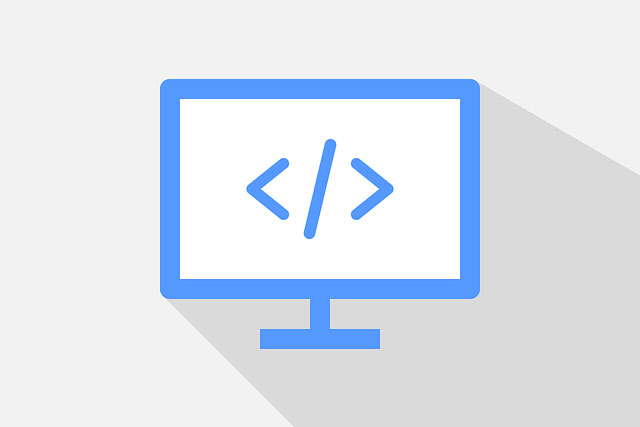CSS Web Development
From the standpoint of best web development practices, cascading style sheets or CSS are indispensable technology. It allows developers to separate the presentation of their sites from the data contained in them. When combined with middleware like PHP, Python, or Java, CSS3 and Javascript can form a powerful and full-featured display engine, with built-in context switching, real-time adaptation, and component-level control.
By now, most websites use some form of CSS, whether it is for simple things like changing fonts, for more complex tasks like client-side control of forms, adapting to different device types, or giving developers an easy way to categorize their page elements.
Those same developers are likely aware they could be using CSS to do more. Here are some things to consider if you are planning to optimize your site to use the most powerful features of this fast-growing technology.

Arranging The Grid:
The grid concept itself is one of the most welcome and heavily utilized features of the newest CSS web development techniques. Grid flow makes it intelligent. This is one of the most commonly overlooked and simultaneously most powerful features of modern CSS.
Suppose you are building a series of DIV elements meant to be arranged in rows and columns. With HTML5 alone, you can most definitely get your data to arrange itself into a proper table-like row and column format, but once you start putting arbitrarily large amounts of data into those DIVs, your layout might not look as neat as you’d like it to.
Enter grid-auto-flow. If your data starts to take up too much space, especially horizontally, CSS will automatically make sure it “flows” into the next available row. E-readers take advantage of this concept when they automatically “flow” the text in a book into new lines depending both on its length and its font size.
This feature is an example of a styling language taking advantage of a hard-coded feature in the best web browsers and then making it extemporaneously available through a simple switch. There are numerous examples of this kind of technology in CSS.
The Mighty Override:
This is one of those features that probably shouldn’t be in the language, but developers aren’t likely to let it go because it is too powerful. If you are building a complex CSS layout and you find there are potentially conflicting styles, you can use something called an “override” in your CSS. This is accomplished by including the important designator as part of the style declaration.
This can be a quick and dirty way to get something accomplished if you are in a hurry. If time is an issue, this can help you avoid a lot of guesswork and/or detective work tracking down the portion of your site that is causing malfunctions. At the same time, this is also something that should be used sparingly, as it can lead to an even bigger problem later when overrides are colliding with each other and forcing you to spend time and effort unraveling them.
Direct Children:
Did you know CSS is hierarchical, and its ability to access its own hierarchy is separate and independent from the Document Object Model? Further, did you know this hierarchy allows you to access elements by category? It is and it does, and if you’re like a lot of other highly experienced web developers, you didn’t know this until very recently.
Suppose you need to access all the image elements inside a particular document ID on your web page. You could do this with some rather basic Javascript, but if you understand how to direct children to work in CSS you don’t have to. You can use a simple direction arrow like this “#sectionID > img”
The earlier in your career you can start using this the more time it will save. The direct children construct can be used to manage many different kinds of layouts more quickly and more efficiently than virtually all other techniques.
Mobile Responsive Pages:
With the combination of some not-so-well documented tricks and single-style property, you can make your web pages scale and re-flow themselves to automatically adapt to any mobile device screen. You don’t need programming and you don’t need a different set of HTML for every possible screen size.
The max-width property of the @media identifier can combine with an HTML5 meta property to teach your web browser to change the size and spacing of all the content on your page to start from the desktop scale and downsample until the text, images, and links are all readable on even the smallest device.
Pretty Neat For Just A Couple Lines Of CSS:
Practical style sheets are a way of life on the Internet now, and the power of the CSS model will continue to grow as browsers, mobile devices, and PCs build faster and more efficient display capabilities for web developers to explore and utilize.
